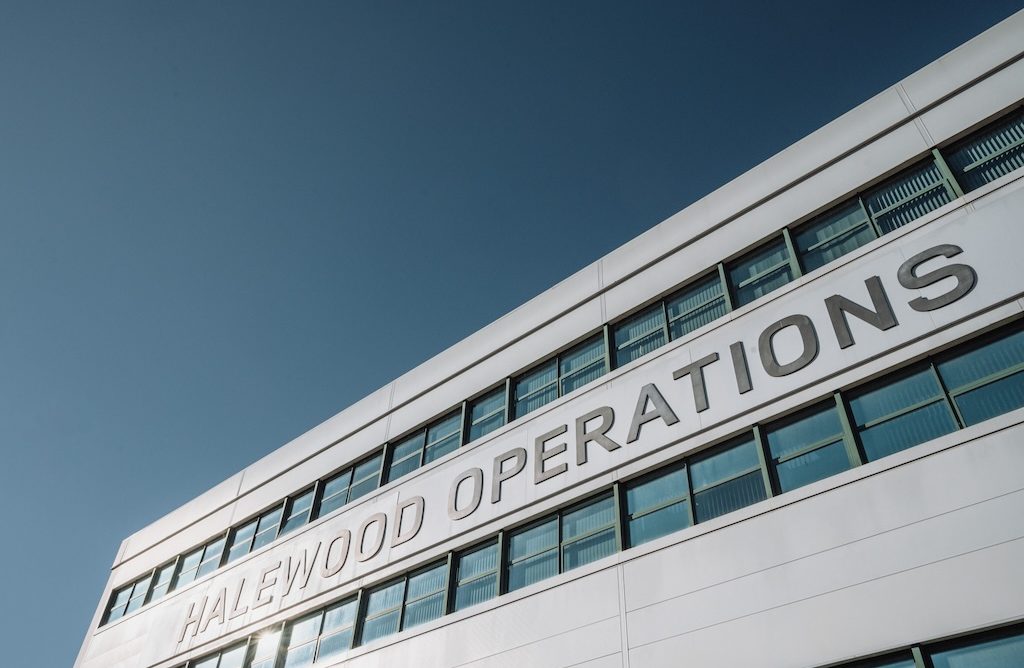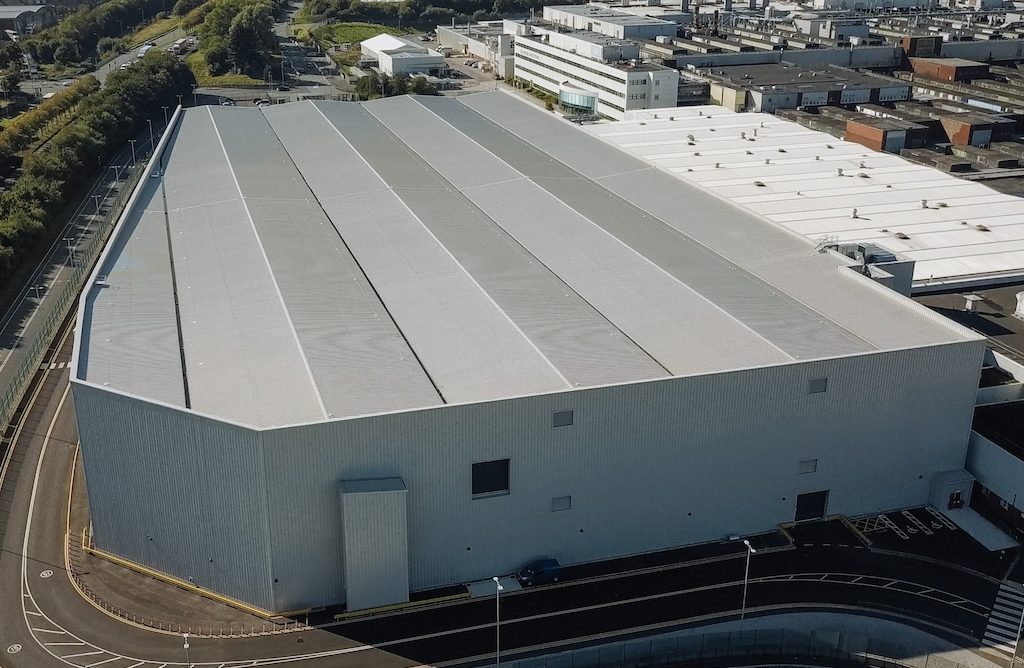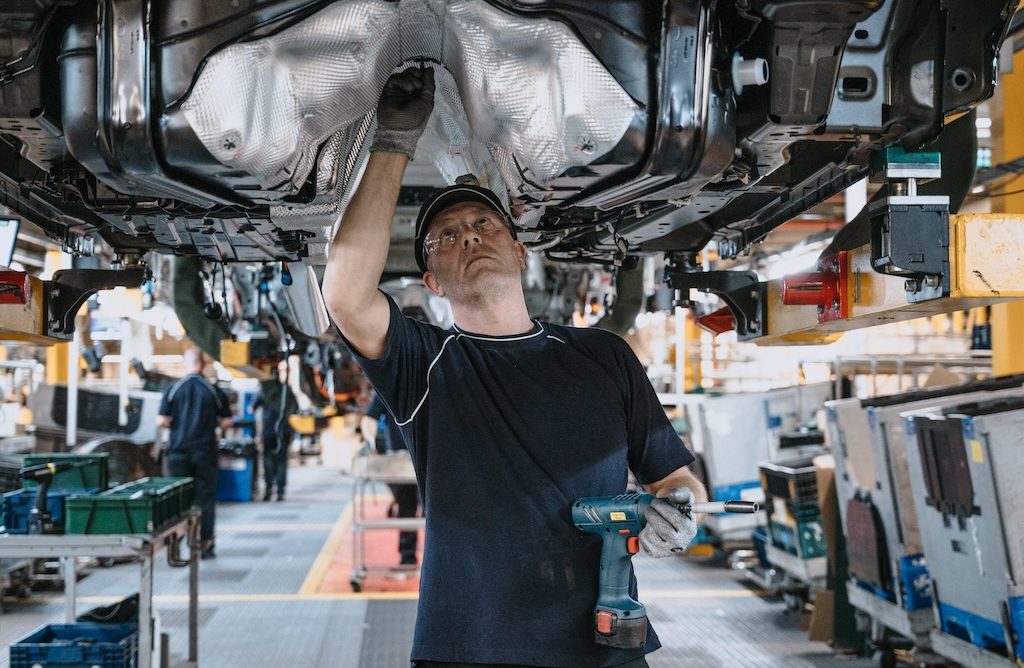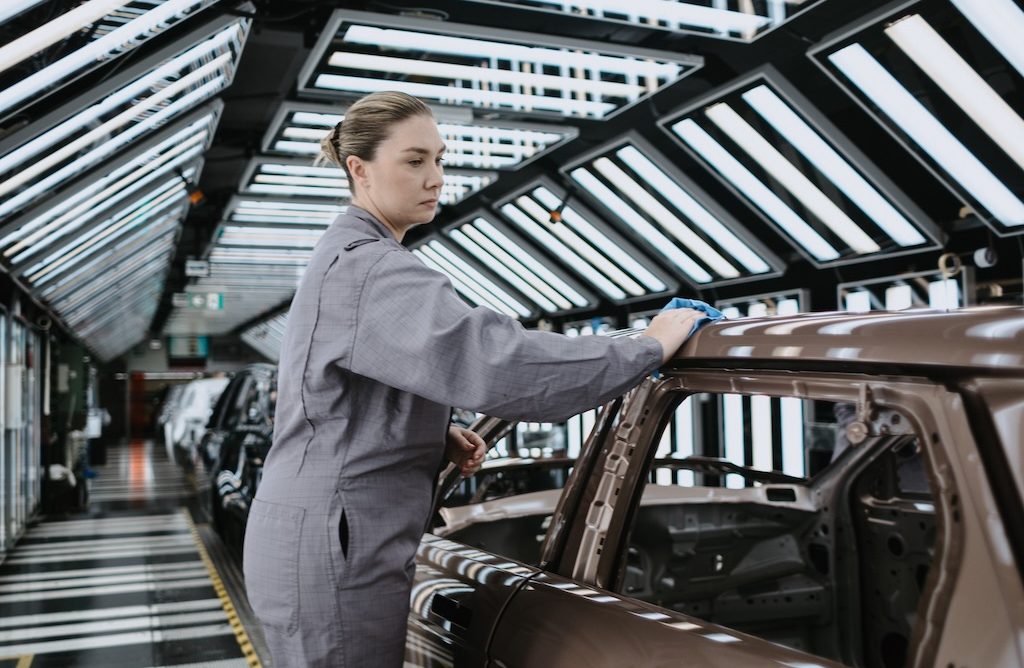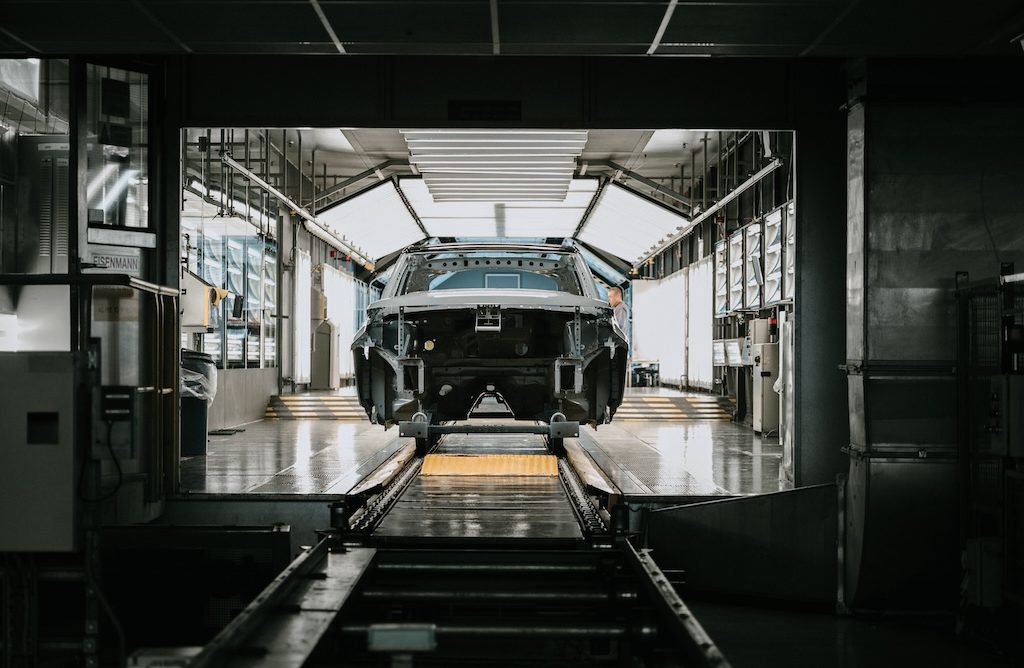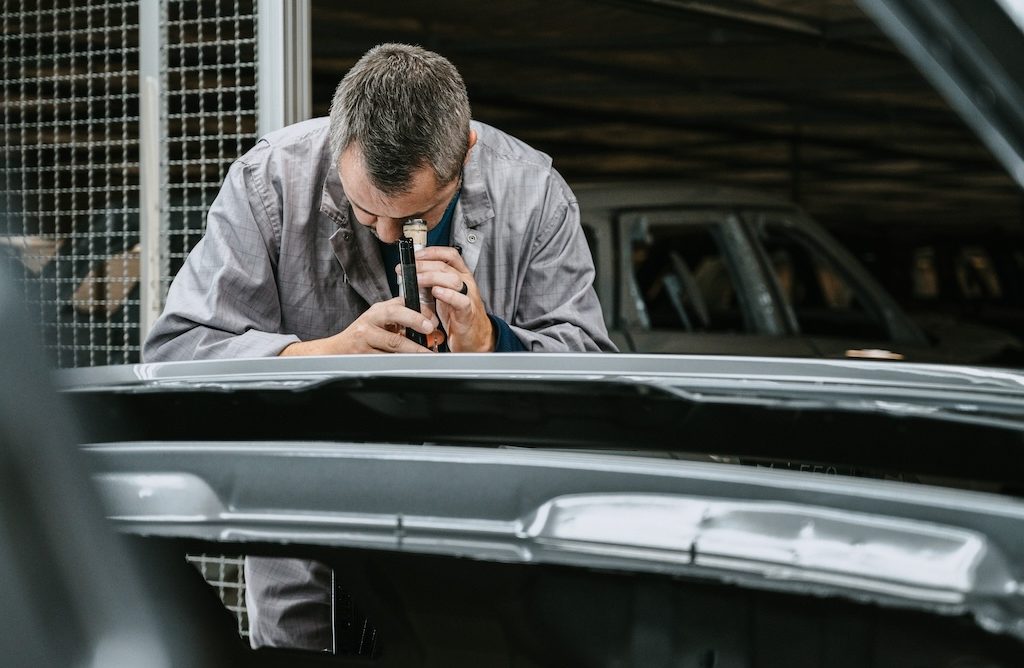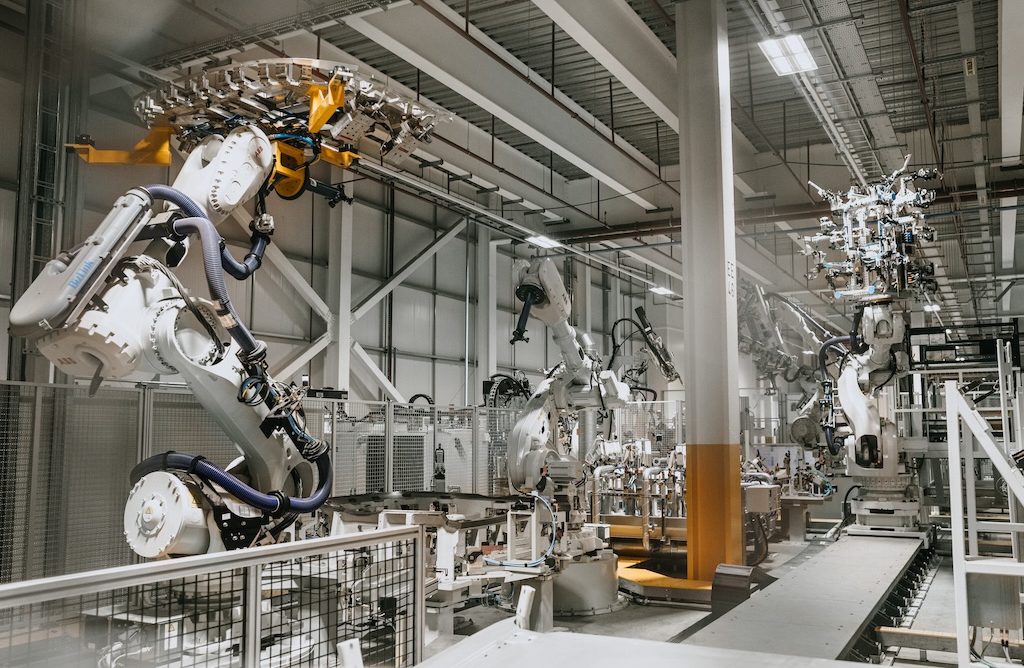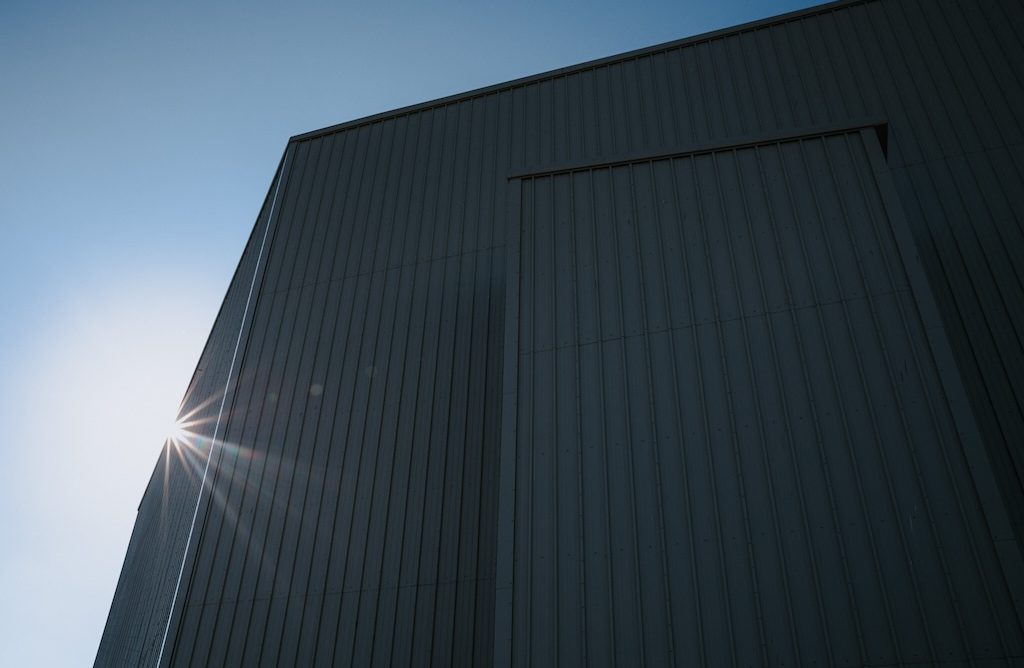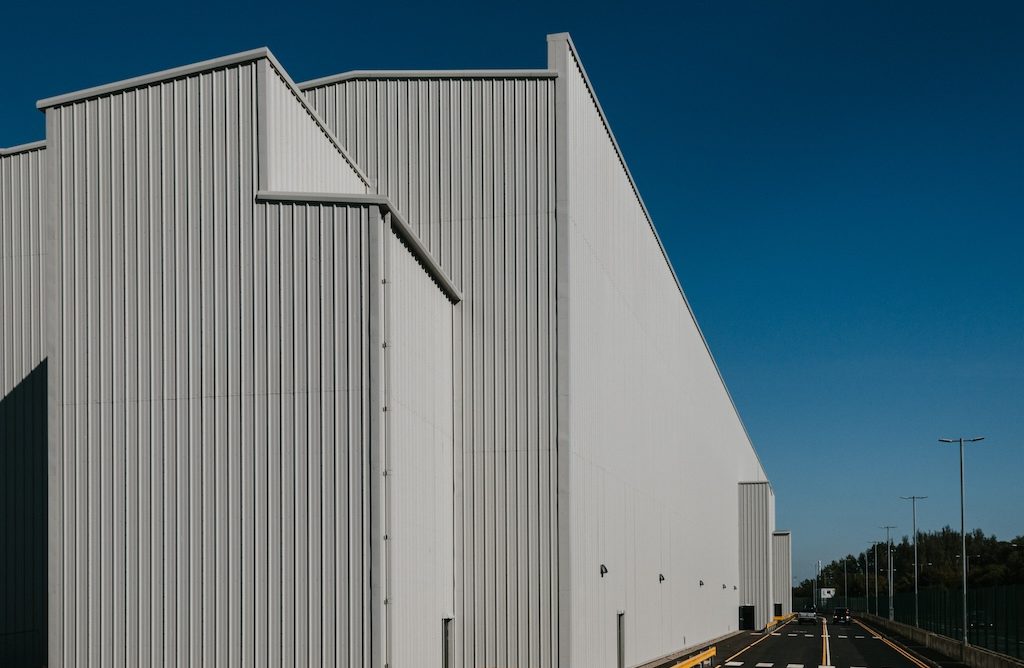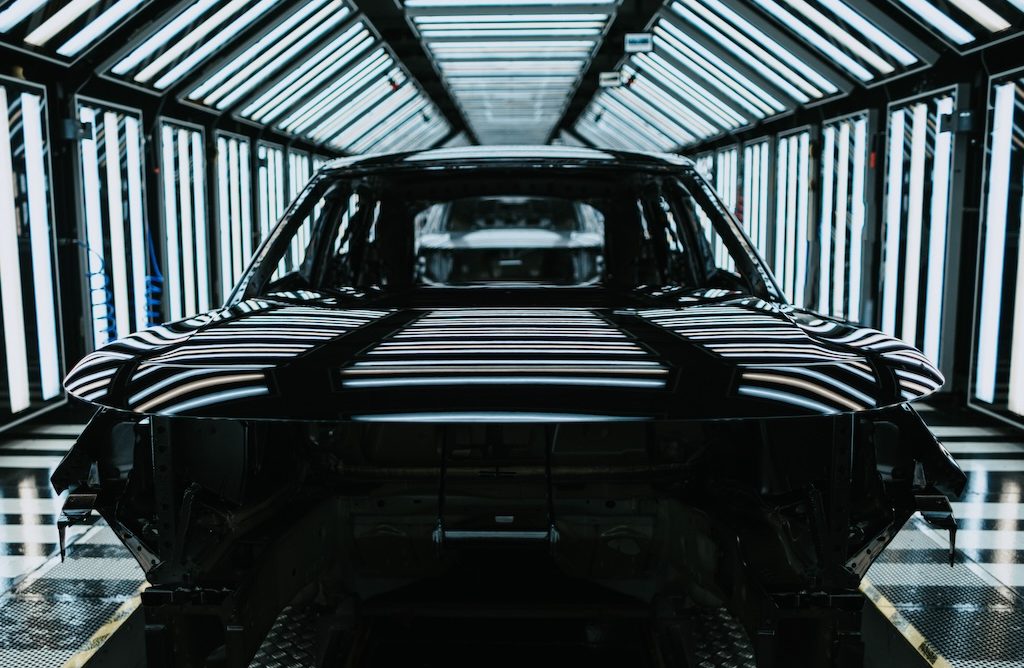JLR injects €600m to turn Halewood into ‘EV factory of the future’
Jaguar Land Rover – now rebranded as JLR – is radically transforming its 61-year-old factory in Halewood, Merseyside, into the “EV factory of the future” with a £500m (around €600m) investment.
Originally built in 1963 to produce the Ford Anglia, the historic site is being converted to support production of electric Range Rovers, alongside existing combustion and hybrid versions. The site will produce ICE, PHEV and BEV models side by side before eventually becoming JLR’s first all-electric production facility.
More than £250m is being invested into new production lines, machinery, people and digital technology, while a further £250m will be injected over the coming years.
The investment is part of JLR’s commitment to its Reimagine strategy, which will see all nameplates have a BEV variant by 2030 as the company becomes an “electric first, modern luxury carmaker”, with the aim of achieving carbon net zero across its supply chain, products and operations by 2039.
JLR announced a year ago that it’s accelerating work to go all-electric with a £15bn investment over the next five years, which was then ramped up to £18bn in August to support delivery of the Reimagine strategy.
Details of which electric models will be built at Halewood are yet to be revealed. JLR currently builds the Range Rover Evoque and the Discovery Sport in plug‑in hybrid and mild hybrid versions.
The automaker announced last year that the first of its next-generation medium-size luxury SUVs would be an all-electric model from the Range Rover family, launching in 2025 and built at Halewood.
Previously rumoured to be the new Velar, the new model will be built on the next-generation medium-size SUV architecture, Electric Modular Architecture (EMA), which JLR announced last year would be pure-electric, rather than also supporting hybrid models as planned.
The carmaker is also readying for the imminent launch of the Range Rover Electric and recently revealed more than 41,000 people have signed up to be on the waiting list.
Halewood has been extended by 32,364 sqm to produce mid-sized SUVs on the new EMA platform. The site has also undergone additional transformational work to accommodate different-sized electric vehicles. This includes extensions to vehicle build stations to facilitate the different proportions of the new EMA electric vehicles.
The plant has been fitted with technology including new EV build lines, 750 autonomous robots, ADAS calibration rigs, laser alignment technology for perfect part fitment and the latest cloud based digital plant management systems to oversee production.
As JLR looks to introduce advanced AI-powered autonomous driving and connected services into its next-generation vehicles, Halewood’s facility also now features new Advanced Driver Assistance System (ADAS) calibration rigs, capable of measuring ADAS responsiveness to ensure each vehicle leaves with the safest level of calibration for future autonomous driving.
Barbara Bergmeier, executive director, industrial operations, said: “Halewood has been the heart and soul of JLR in the Northwest of England for well over two decades, producing vehicles such as the Range Rover Evoque and Discovery Sport.
“Halewood will be our first all-electric production facility, and it is a testament to the brilliant efforts by our teams and suppliers who have worked together to equip the plant with the technology needed to deliver our world-class luxury electric vehicles.”

